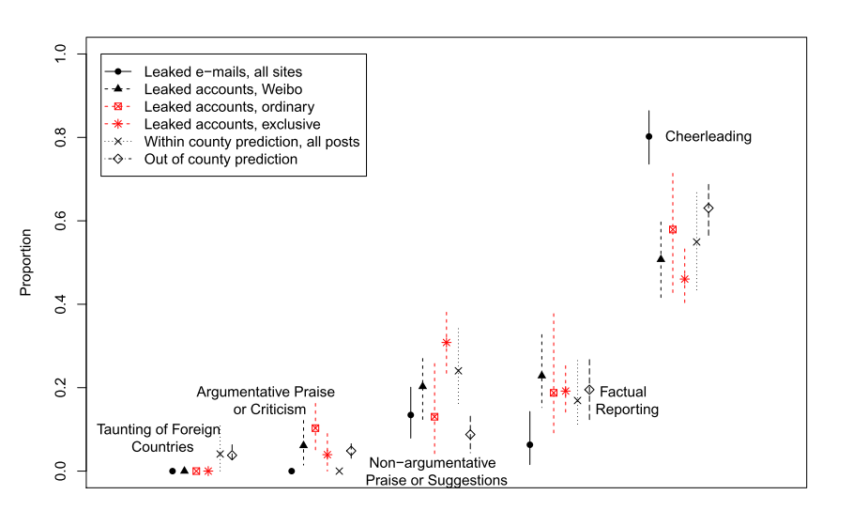Andrew Coyne has the details:
I have an urgent warning for the people of Canada. Even now, certain agents are plotting to influence the result of the next election campaign by means of stealth and deception.
Posing as ordinary Canadians, they plan to use social media to spread falsehoods designed to inflame public opinion, using the latest micro-targeting technologies to tailor their messages to the reader’s particular fears and prejudices.
These agents are better known as the political parties.
One of the problems with the Liberal government’s recently announced plan to “defend Canadian democracy” from foreign interference, notably in the form of “fake news,” is the basic premise: that the principal threat to the integrity of the Canadian electoral process is posed by outsiders, third parties and foreign agents, rather than the participants.
If there is something ominous about the government involving itself, however indirectly, in deciding what is and is not fake news, there is something quite ludicrous about a political party raising the alarm over the spreading of falsehoods during an election campaign. Indeed, a good short definition of an election campaign would be “a sustained, intense, all-party burst of falsehood, slander and misrepresentation.”
There isn’t a lot else. A modern campaign consists mostly in what is gently termed “defining” opposing party leaders, in a way calculated to make them unrecognizable to their own mothers. The rest is devoted to deliberately misrepresenting the other parties’ positions, while making false or exaggerated claims about their own.
There remains a gentlemanly expectation that these falsehoods should not be obviously detectable as such — that is, that the lie should itself be artfully concealed, disguised as an elision, half-truth or what a Liberal MP recently called “rhetorical advantage,” rather than rubbed in the public’s faces in the manner pioneered by Donald Trump.




